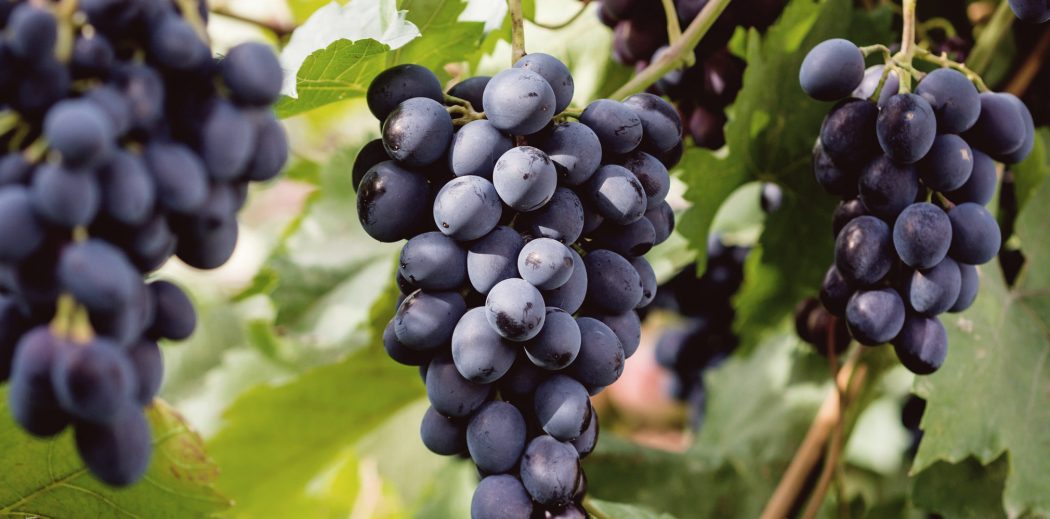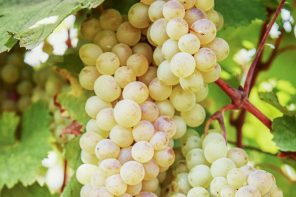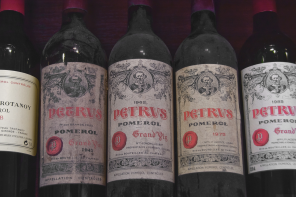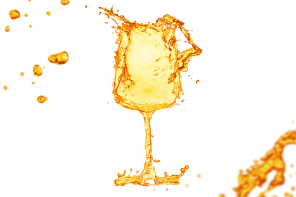Lovers of Shiraz, Cab Sauv and all things full-bodied reds, there’s a grape out there that you probably don’t know about, but should. As temperatures fall and nights get colder, the craving for something savory is certain to get stronger. We’re stashing away our crisp whites and chillable reds and reaching for something a little more warming – though this time, we’re going a little more out of the box. Introducing Saperavi, Georgia’s most popular (and delicious!) red grape variety.
Not only is Georgia the birthplace of Saperavi – it’s actually the birthplace of winemaking as a whole. Evidence of viticulture in this formerly Soviet occupied nation dates back to approximately 8,000 years ago, with Saperavi’s roots twisted early into the story. Today, decades-old vines of Saperavi are continually being discovered and re-worked, producing lower yields and higher-quality grapes than ever before.
Saperavi literally translates to ‘dye’ in Georgian; an entirely appropriate name for a grape with such pigment. The variety is one of the few teinturier grapes in the world, meaning that both its skins and interior flesh are red (most red wines in the world get their color from red grapes with colored skins and translucent flesh).
Saperavi’s intense color produces gorgeously hued wines that are high in acid and potent in flavor, brimming with notes of juicy, ripe fruit. The grape can stand up to extreme climate conditions, making it a feasible growing choice for producers all over Georgia’s various microclimates. Saperavi is without a doubt Georgia’s most popular red wine grape; in fact, the variety is credited for causing the recent international spike in demand for Georgian wine worldwide!
Although Saperavi’s original roots were found in Kakheti, the variety has begun to spread its way beyond Georgia’s western winemaking mecca. The grape thrives all throughout the country, and has also become subject to international experimentation. Scattered wineries across South Australia and Victoria are experimenting with the grape, as well as a handful of wineries across New York’s Finger Lakes wine region.
The search for Saperavi in America can sometimes be tough, though the payout when finding a bottle is generally always worth it. For high-quality dry reds, the words Mukuzani and Napareuli are always solid indicators. For semi-sweet, late(r) harvest reds, Kindzmarauli and Akhasheni are your go-tos. Though one thing’s for sure – if Saperavi is written on the label, it’s definitely worth your time.








